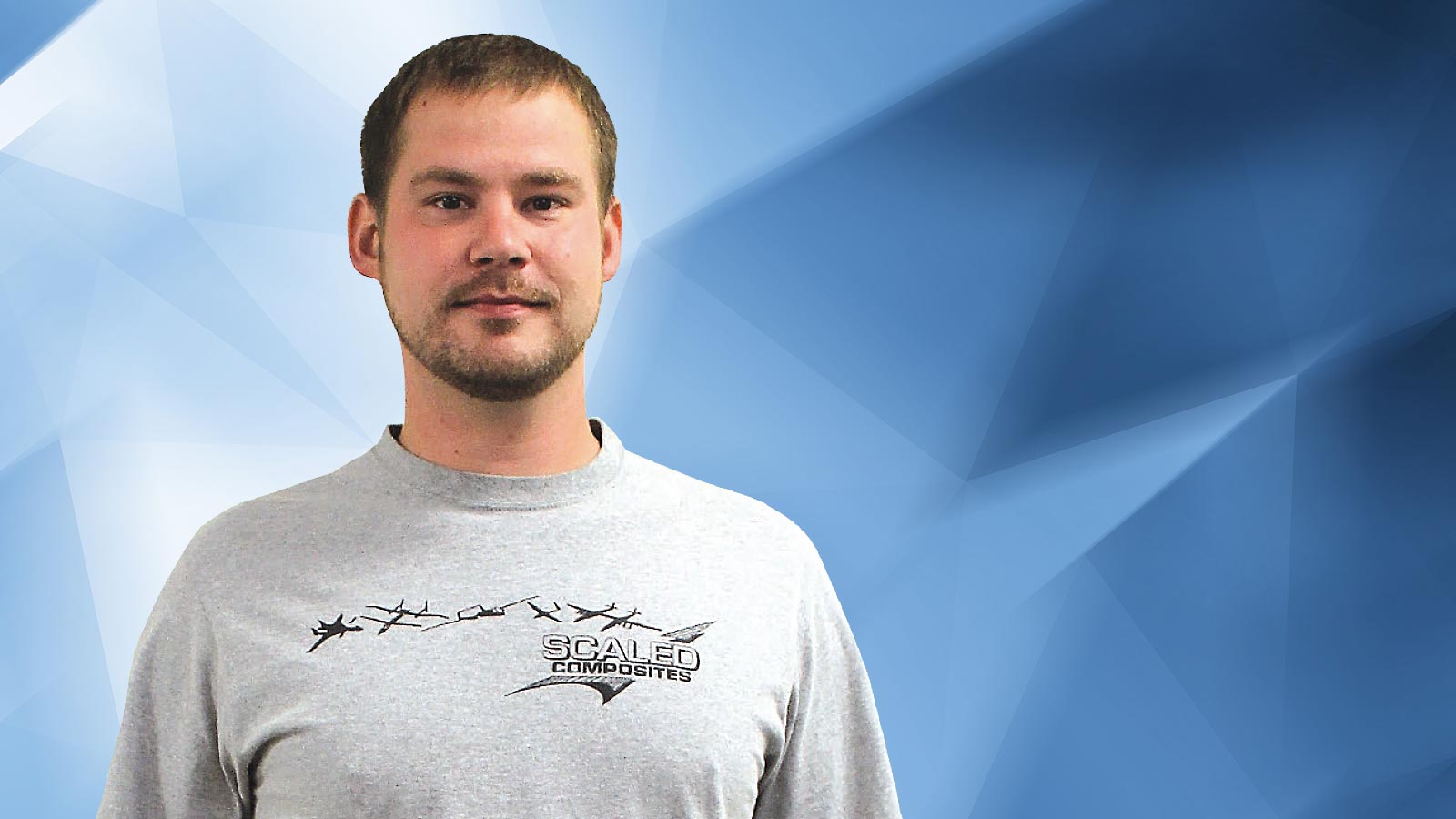Stay Up to Date
Submit your email address to receive the latest industry and Aerospace America news.
Andrew Banner, 30, Scaled Composites design engineer
As a child, Andrew Banner’s experiments with various configurations of throwable gliders made of balsa wood taught him how the center of gravity affects aircraft stability. In sixth grade, Banner bought his first radio-controlled aircraft, an electric flying wing that crashed multiple times before he acquired a radio-controlled trainer airplane that was easier to fly. After college, Banner immediately went to work at Scaled Composites, the 506-person Mojave, California, company founded by Burt Rutan, the aerospace engineer famous for innovative designs. There, Banner works on Stratolaunch, the gigantic, twin-fuselage carrier aircraft Scaled is building to air-launch rockets.
How did you become an aerospace engineer?
From a very young age, I wanted to be an inventor and I always had a passion for aircraft. Throughout high school I designed and built numerous radio-controlled planes. By this time, I knew that an inventor was really an engineer. When I entered the University of Washington, I took the math and science prerequisites for engineering classes. Junior year, I was admitted to the Department of Aeronautics and Astronautics. During my senior design course, I co-led a team of 30 students performing a conceptual design of a large high-aspect-ratio transport aircraft and a detailed design we built and flew of a 3.6-meter-wingspan unmanned version of the aircraft. I knew of Burt Rutan and Scaled Composites’ unique aircraft and applied shortly after graduating in 2012. I have been working at Scaled ever since. I started on the Stratolaunch program, which will produce the world’s largest aircraft by wingspan and the second largest by maximum takeoff weight. Needless to say, this was an intimidating project to be put on fresh out of school. My first task was determining how to fixture the fuselage and the sequence for building it. Then, I moved on to aircraft part design within the wing group. I led the Pegasus project for Scaled while concurrently working with the wing group. I currently lead a team of 10 engineers designing and building the Stratolaunch aircraft fuselage.
Imagine the world in 2050. What do you think will be happening in aviation?
As fuel prices keep increasing, I expect to see the first blended wing-body transport aircraft start moving the masses around the world. I am also hopeful that the return of supersonic transport will happen utilizing quiet supersonic technology and there will be a revolution in light aircraft powered by electric propulsion. By 2050, I’d expect to see a second space race, one fought by companies instead of governments. We might see the first people taking steps on Mars and exploring the red planet. It is an exciting time to work in aerospace. Aircraft and spacecraft have looked nearly the same for the last 30 years, and I think the industry is ripe for change in the next 30.
About Debra Werner
A longtime contributor to Aerospace America, Debra is also a correspondent for Space News on the West Coast of the United States.
Related Posts
Stay Up to Date
Submit your email address to receive the latest industry and Aerospace America news.




